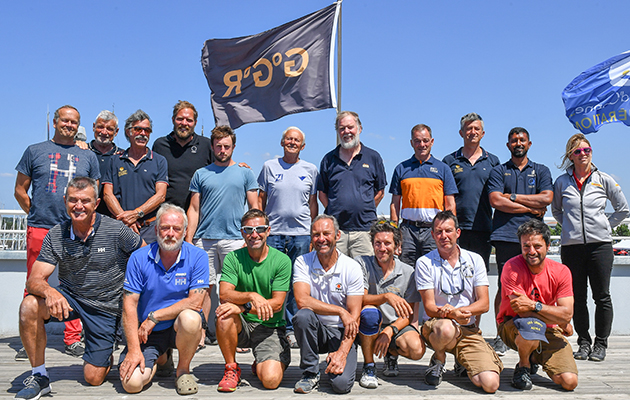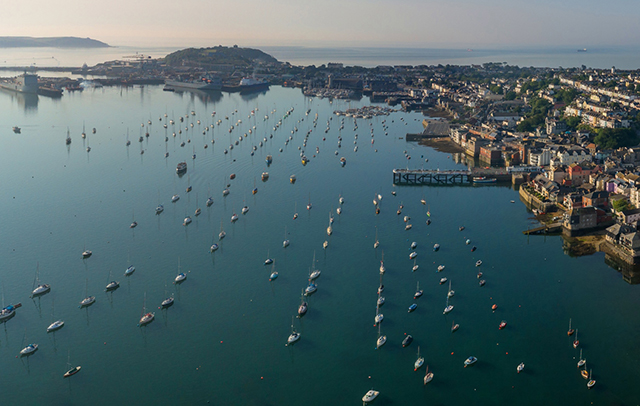Sailing weather expert Chris Tibbs looks at what lies ahead for the 19 skippers
The Golden Globe passes through all types of weather from trade winds and doldrums to Southern Ocean storms that may well pack hurricane force winds.
The first challenge will be getting out of Biscay and into the trade winds, either by scraping past Finisterre, or heading west to hopefully find a better wind angle before turning south. Either way, getting to the trades first will give good gains.
Once into the trade winds, options are limited as there is a requirement to pass close to the Canary and Cape Verde Islands.
Avoiding the islands wind shadows, and finding the strongest wind band is key, however this is easier said than done.

Finding the best wind angle will be key. Credit: Gregor McGuckin/GGR/PPL
Once past the Cape Verde Islands, a choice has to be made as to where to transit the doldrums (ITCZ).
This is where the trade winds of the northern hemisphere meet those of the southern. West is usually best but the requirement to pass close to the Cape Verde Islands makes getting west tricky as the wind veers and eases.
So an easterly passage through the ITCZ is generally more difficult with a wider band of doldrums to negotiate before breaking into the SE trades of the Southern Hemisphere.
Once through however, being east gives a better wind angle and a shorter distance to sail.
Continues below…
Golden Globe Race: A new generation of greats
On 1 July 2018, Sir Robin Knox-Johnston will fire a canon to signal the start of the Golden Globe Race…
Everything you need to know about the Suhaili 50 Falmouth Parade of Sail
Falmouth looks set to host one of the biggest sailing jamborees in June, marking the 50th anniversary of Sir Robin…
Golden Globe Race: skippers’ thoughts
With less than two months to go, some of the Golden Globe Race skippers reveal how they are preparing for…
Although it is possible to beat into the SE trades, it is faster skirting west of the Saint Helena high in a race to the roaring forties and strong westerly winds.
Once there, the further south navigators go, the shorter the distance but the wilder the ride; ice gates will be used to avoid extreme routes.

Norway’s entrant, Are Wiig taking a sight with his sextant. All skippers must use traditional equipment to plot their course. Credit: PPL Photo Agency
Keeping on the north side of depressions, but as far south as the rules allow, will maximise progress before passing the pinnacle of the race which is Cape Horn.
Turning left at this iconic landmark brings relief from storms, although high and low pressure makes for a nautical game of snakes and ladders on the way north to the doldrums.
Once into the northern hemisphere, a long starboard tack will eventually get the fleet into the mid-latitude westerlies and a run to the finish.







